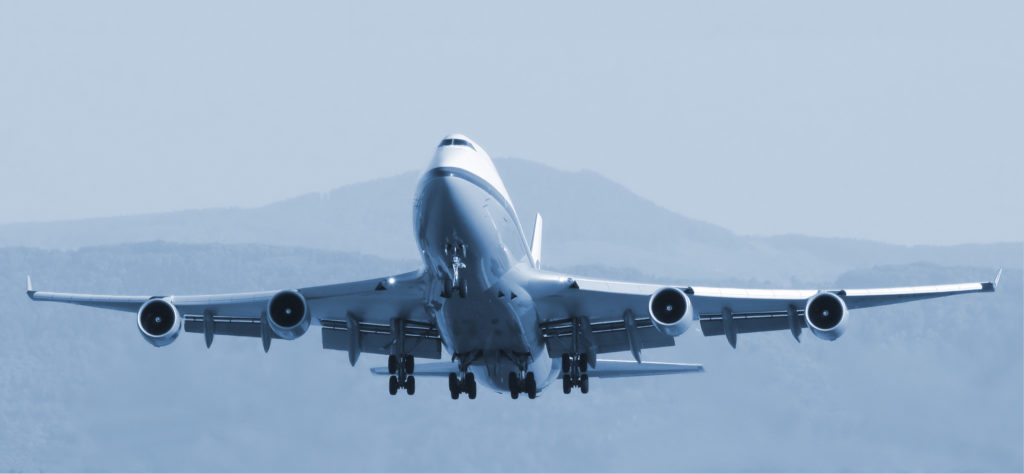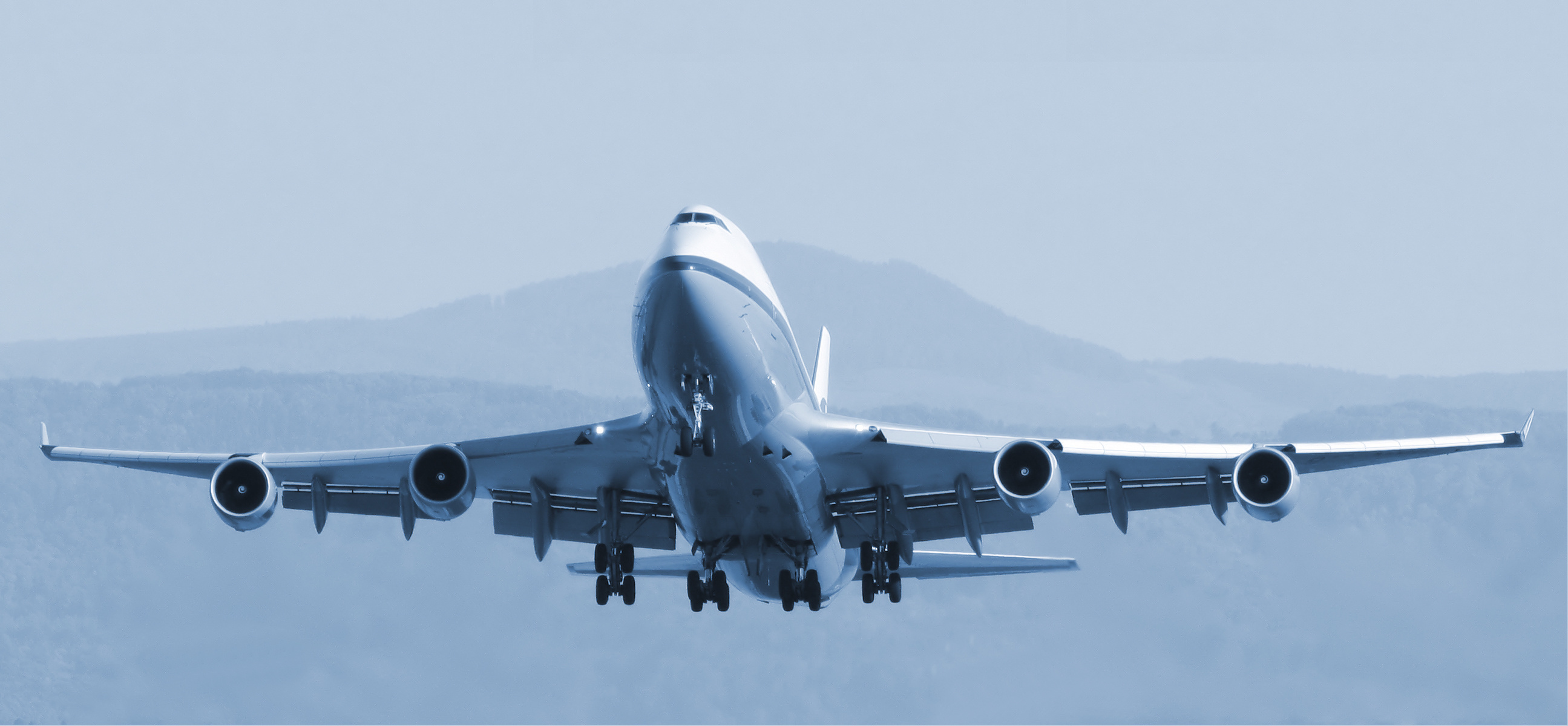The Boeing 737 Max scandal is one of the biggest crises Boeing has ever faced. Anytime a company encounters a crisis of this magnitude, their communication response must properly address the human element of the crisis, assure the public they’re doing everything they can to resolve the issue, and that future protective steps will be taken.
The Boeing 737 Max crisis provides a great case study on what and what not to do when your company is faced with a major public crisis. I’ve pulled a few key statements from Boeing’s initial crisis response to examine, as well as what I recommend any company do when you suddenly find yourself in a crisis that deeply threatens your reputation.
What happened? A quick recap of the Boeing crashes
Two crashes involving the Boeing 737 Max killed 346 people in a period of five months. Lion Air Flight 610 in Indonesia killed 189 people on October 29, 2018, and Ethiopian Airlines Flight 302 killed 157 people on March 10, 2019.
After the March 10 crash, many reports surfaced that faulty software causing the tip of the plane to nosedive during an erroneous auto-correction may have been to blame.
How Boeing handled the initial response in October 2018
Boeing issued this statement after the first crash on Lion Air:
► October 29, 2018
The Boeing Company is deeply saddened by the loss of Lion Air Flight JT 610. We extend our heartfelt sympathies to the families and loved ones of those on board.
Boeing is providing technical assistance at the request and under the direction of government authorities investigating the accident. In accordance with international protocol, all inquiries about this accident investigation must be directed to the investigating authority in charge, the National Transportation Safety Committee of Indonesia.
This is a playing-it-safe, standard statement that rarely moves people to increased brand loyalty. It’s overly formal and feels like a copy/paste from Boeing’s crisis communications manual.
It’s true that you should stick to the facts and never speculate, but when it comes to matters of the heart, tragedy and loss of life, less is not more.
One way to check yourself when preparing a statement like this is to imagine that someone you loved was on the flight. Would you be comforted by the statement or left feeling cold? If it’s the latter, keep refining.
The second crash in Ethiopia just five months later prompted a worldwide grounding of more than 300 737 Max passenger jets.
Boeing issued the following statements after the crash in Ethiopia:
► March 10, 2019
Boeing is deeply saddened to learn of the passing of the passengers and crew on Ethiopian Airlines Flight 302, a 737 MAX 8 airplane. We extend our heartfelt sympathies to the families and loved ones of the passengers and crew on board and stand ready to support the Ethiopian Airlines team. A Boeing technical team will be travelling to the crash site to provide technical assistance under the direction of the Ethiopia Accident Investigation Bureau and U.S. National Transportation Safety Board.
What Boeing should have said
This is no time to rinse and repeat the same statement you already issued.
You must say more, especially when five months have passed and another incident has occurred.
The best part of this statement is that it expresses sympathy to the victims and their families first. Nothing should come before that. However, it lacks details of what has been done to address the problem or ensure it won’t happen again in the future.
The default seems to be only offer the bare minimum facts, that way we won’t look guilty, but even if the facts prove you did nothing wrong, you need to offer them in the context of your audience’s most pressing concerns.
In Boeing’s case that would be: Is it safe to fly?
How I wish Boeing had said this: “As a precaution measure, Boeing has temporarily grounded the 737 MAX 8.”
► March 10 to March 12
Countries from China to the European Union began grounding the planes as questions about the safety of the 737 Max and its software came to surface—despite Boeing, the FAA, and President Trump’s initial statements deeming the planes safe to fly.
It was reported by the New York Times that Boeing CEO Dennis A. Muilenburg called President Trump on March 12 to ensure him the planes were safe to fly. Then, just a day later, he called back to advise him and the FAA to ground the planes to quell consumer fears about the jets.
The turning point in the flip-flop decision was that several flight search engines, including Kayak, Orbitz, and Expedia, had all implemented filters that allowed customers to opt out of any flights on Boeing Max 737 jets.
It’s okay to come out and say you don’t know. What is difficult is when you come out and say you know exactly what happened and then find out later that you misspoke.
Here’s what should have been said:
“We are working to get to the bottom of what happened on this tragic day, and to learn from it so that it will never happen again.”
► March 18
Muilenburg didn’t make a public statement until over a week after the March 10 crash. You can read the full version here. Below are important excerpts from his response:
Our hearts are heavy, and we continue to extend our deepest sympathies to the loved ones of the passengers and crew on board.
Our entire team is devoted to the quality and safety of the aircraft we design, produce and support. I’ve dedicated my entire career to Boeing, working shoulder to shoulder with our amazing people and customers for more than three decades, and I personally share their deep sense of commitment. Recently, I spent time with our team members at our 737 production facility in Renton, Wash., and once again saw firsthand the pride our people feel in their work and the pain we’re all experiencing in light of these tragedies. The importance of our work demands the utmost integrity and excellence—that’s what I see in our team, and we’ll never rest in pursuit of it.
What Boeing CEO Dennis Muilenburg should—or should not—have said
When the reputation of the brand is at stake, it’s vital to put the CEO or most known person on-site. A generic reference to “a Boeing technical team”—made in the March 10 statement—is not enough.
When you’re the head of a company, the public will look to you in times of tragedy. If you absolutely can’t be on site—the crash site in this case—get on camera and address the public personally. It’s necessary to do it within hours—not days or weeks.
I’ve dedicated my entire career to Boeing. This phrase from the March 18 statement is problematic. It can seem self-serving. Also, there is an underpinning of frustration—like there’s pain over losing work momentum rather than staying focused on the people who were on board and those they left behind.
Here’s what you need to do in the wake of a crisis
If you find yourself in the midst of a breaking scandal or crisis, here are my top 3 tips for what you need to do right away.
- Gather your response team to assess risks and opportunities.
- Determine the appropriate level of response in light of your audience’s most pressing concerns.
- Prepare and issue an initial media statement that’s fully directed to your most vulnerable audience members (those who are hurting or have lost loved ones).
This crisis is a fascinating case study—and still unfolding. Connect with me on Twitter, LinkedIn, and Facebook so we can follow all the Boeing updates together.







